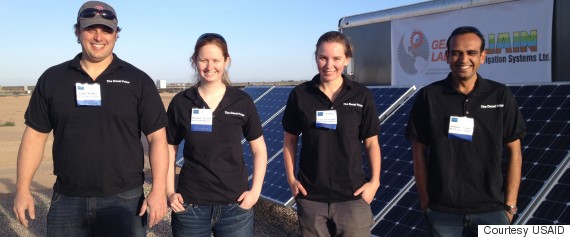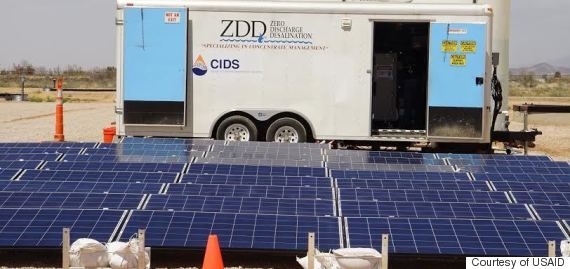
While there are many technologies out there than can effectively remove salt from water to make it drinkable, most are expensive and rely heavily on electricity –- rendering them all but useless in remote, off-grid villages.
That’s why a group of engineers from MIT, backed by Jain Irrigation Systems, set out to invent a system that relies on solar energy to bring clean drinking water to rural areas in India, The Washington Post reported.

About 21 percent of India’s communicable diseases are related to unsafe water, according to the World Bank. According to MIT researchers 60 percent of India has brackish groundwater -- while not toxic, that water is too salty to be ideal for human consumption
The group, which took home the first-place Desal Prize last month in the “Securing Water for Food” challenge, used a method called electrodialysis, which relies on electricity and ultraviolet rays, according to the aid organization.
The first-place winners were awarded a $140,000 grant.

When salt dissolves into water, it breaks down into positive and negatively charged ions. To remove the salt from the water, the team needed low-cost, electrically charged membranes that function like magnets, according to the Boston Globe.
The group employed lead-acid batteries, which it charged up during the day with a set of solar panels.

During the two-day competition in New Mexico, where teams unveiled their cost-efficient and sustainable water solutions, MIT's system desalted 2,100 gallons of water each day.
The team hopes to eventually release an $11,000 model that could serve an entire village, according to the Post.


